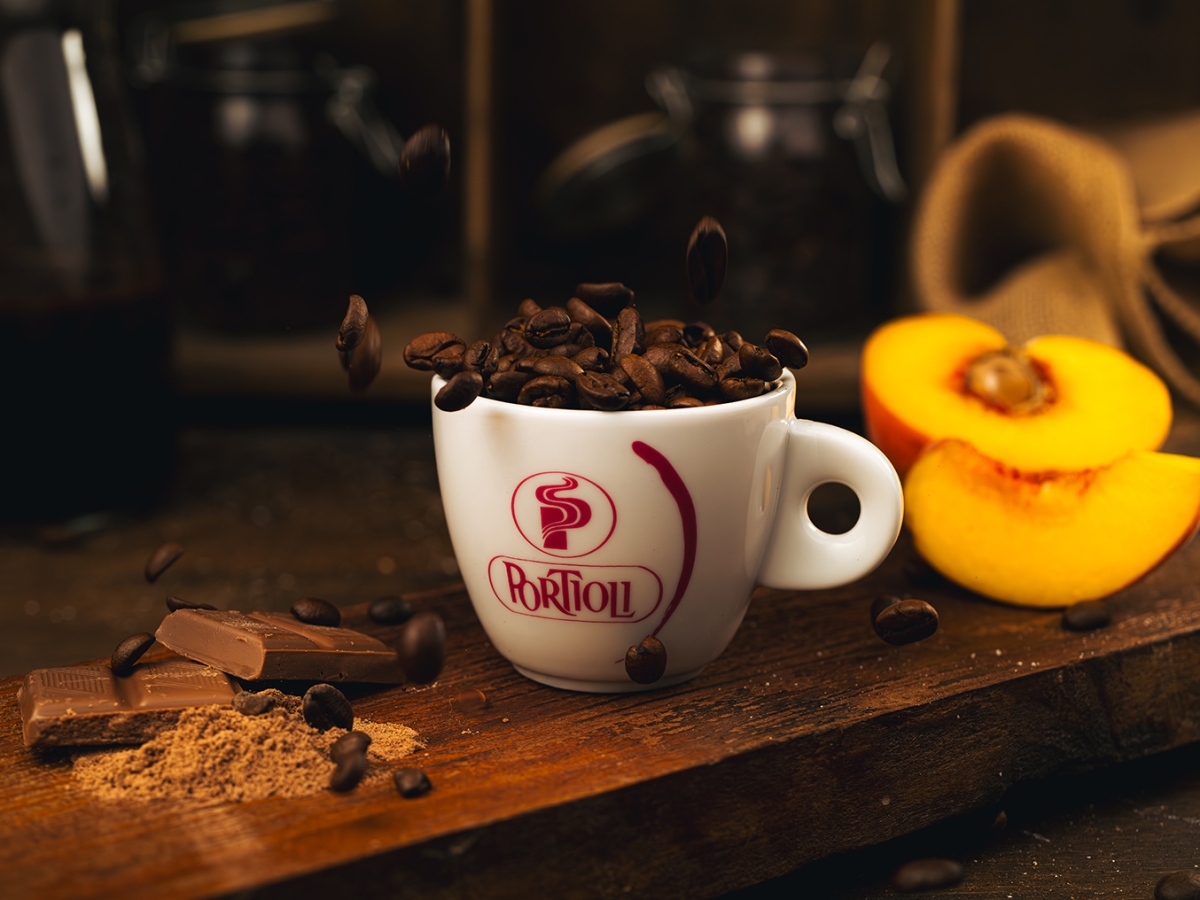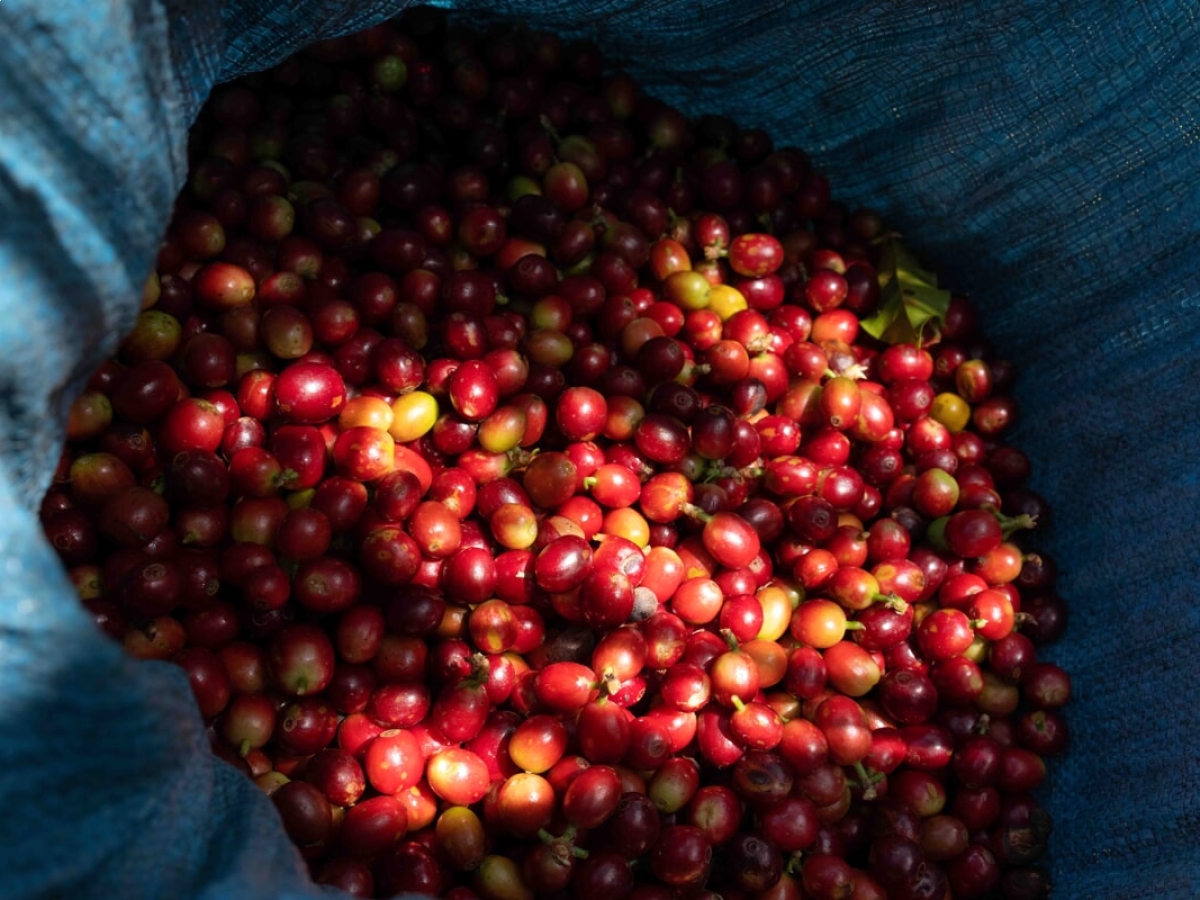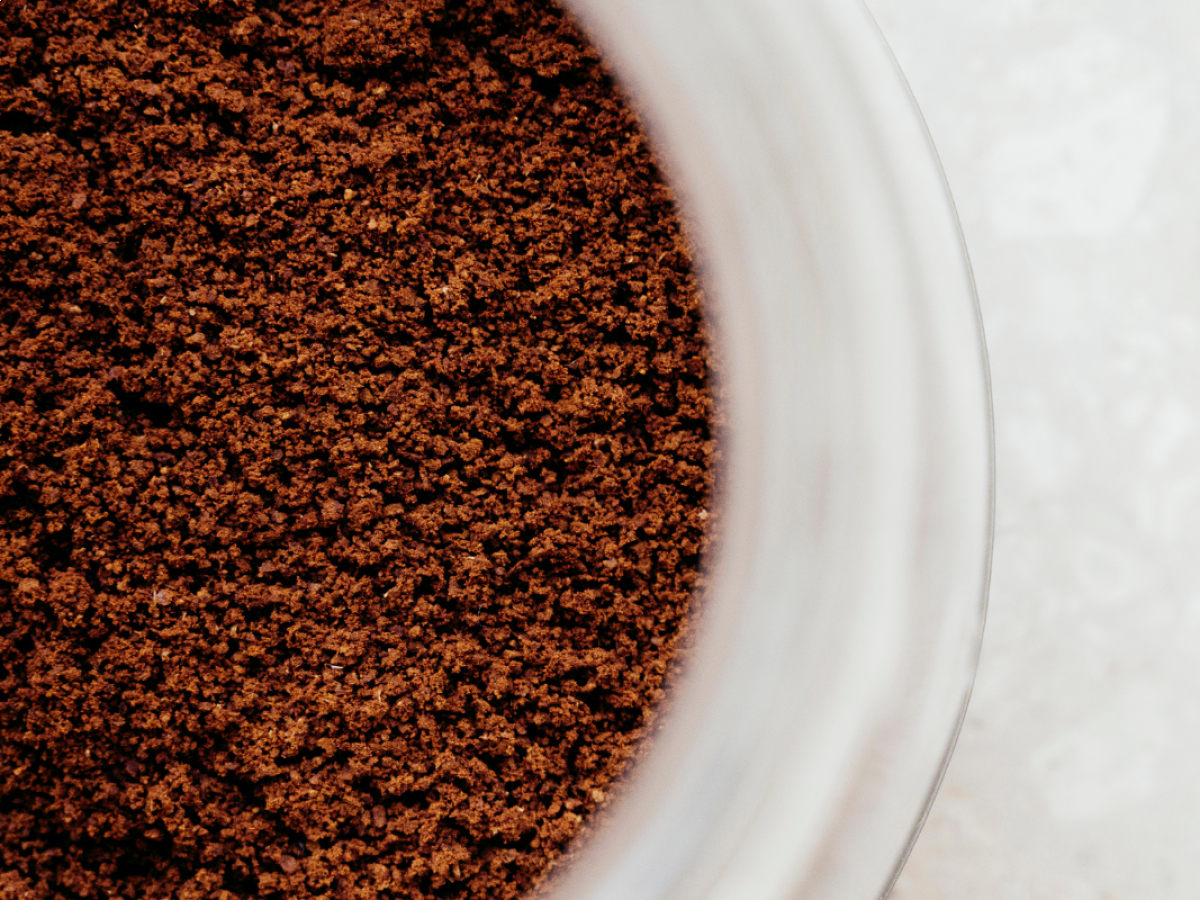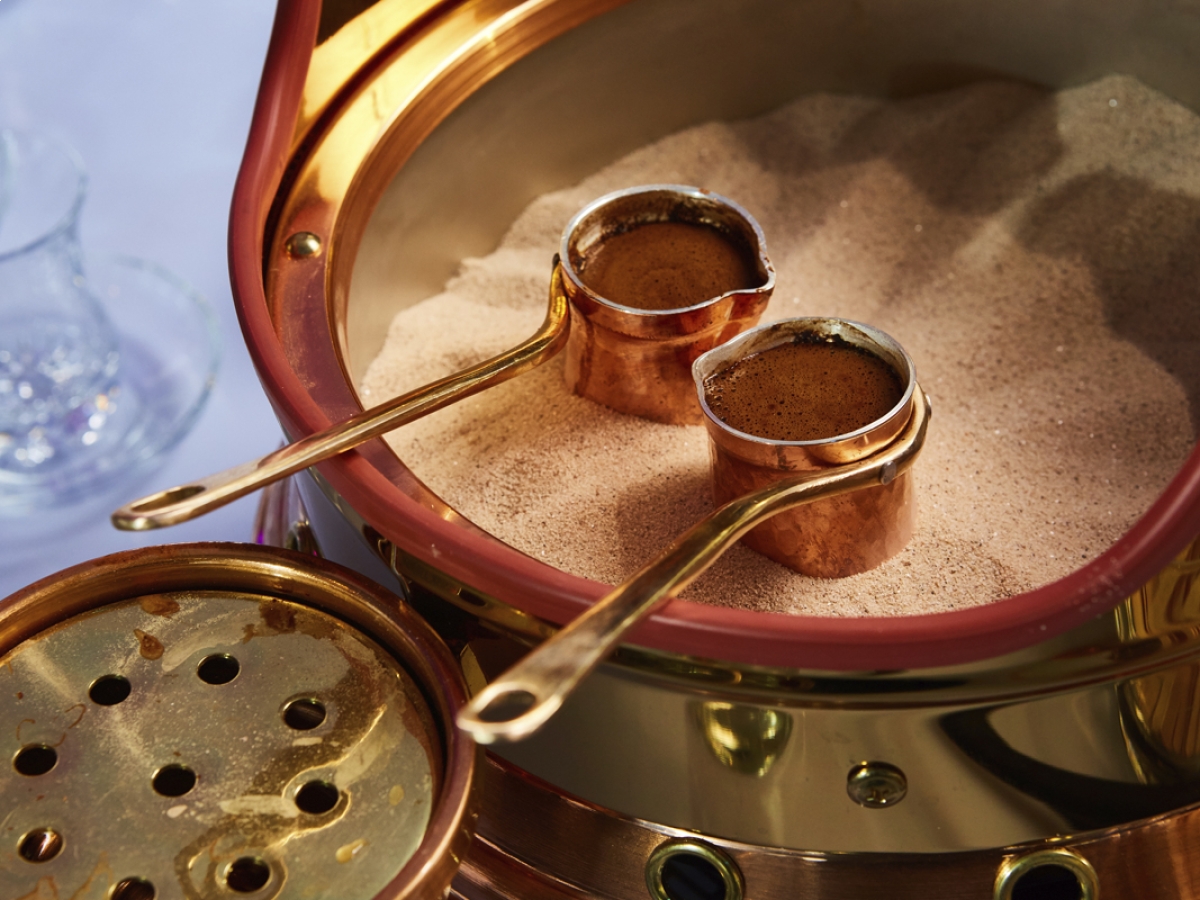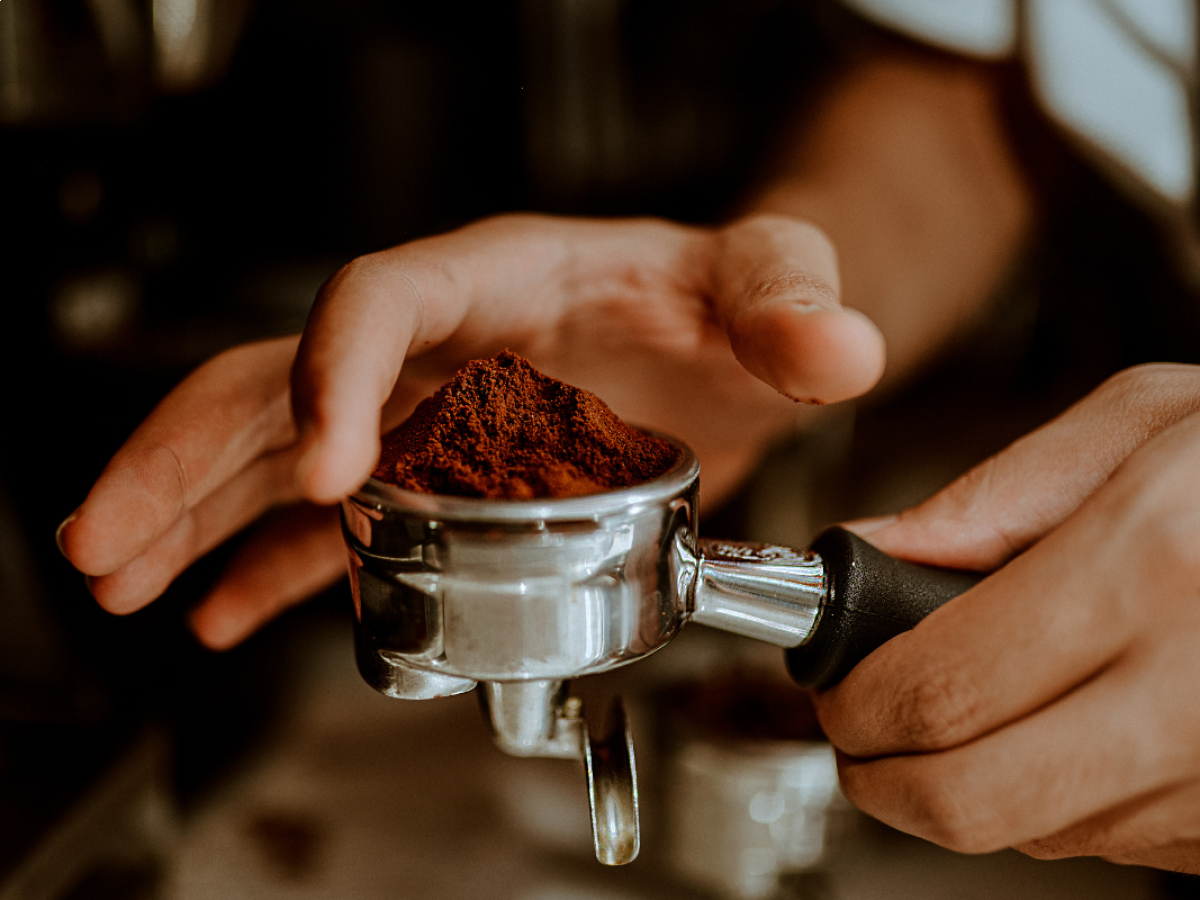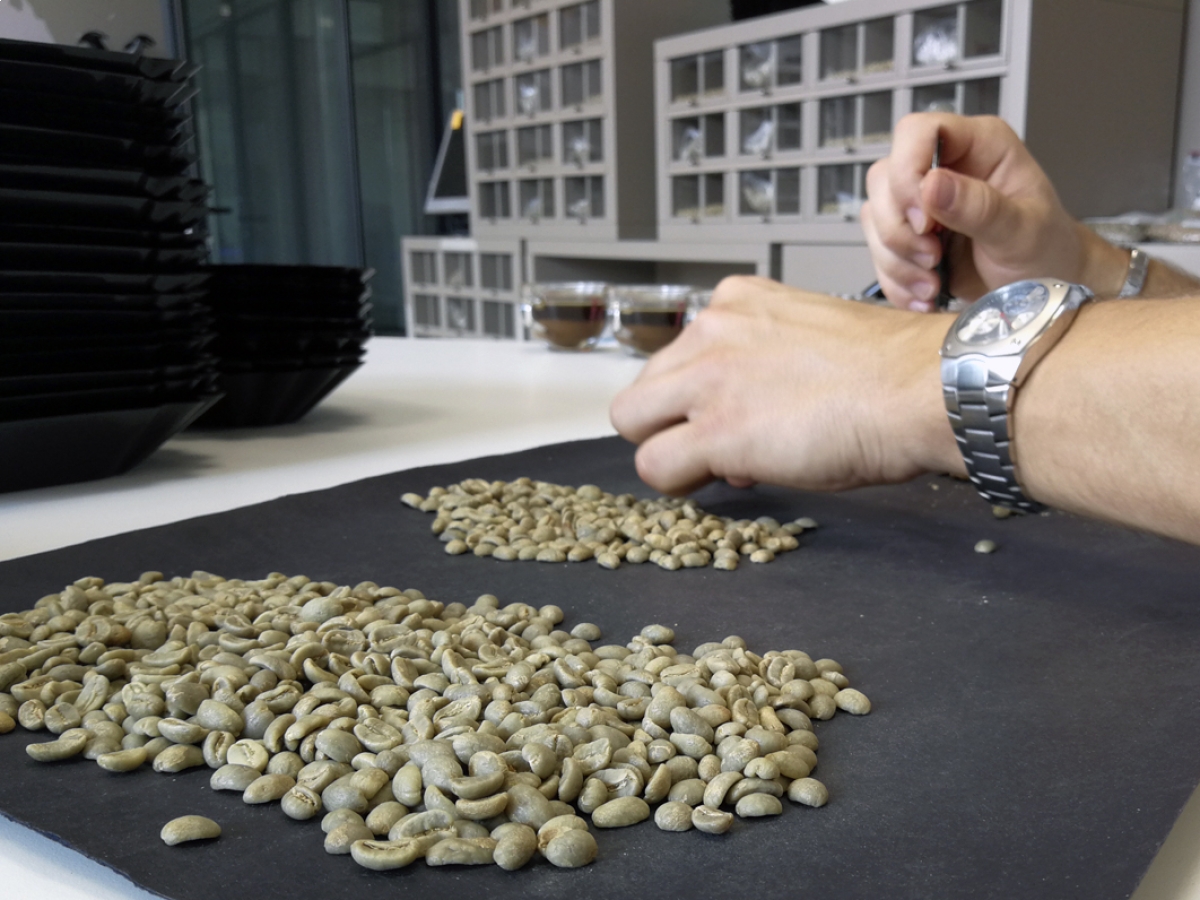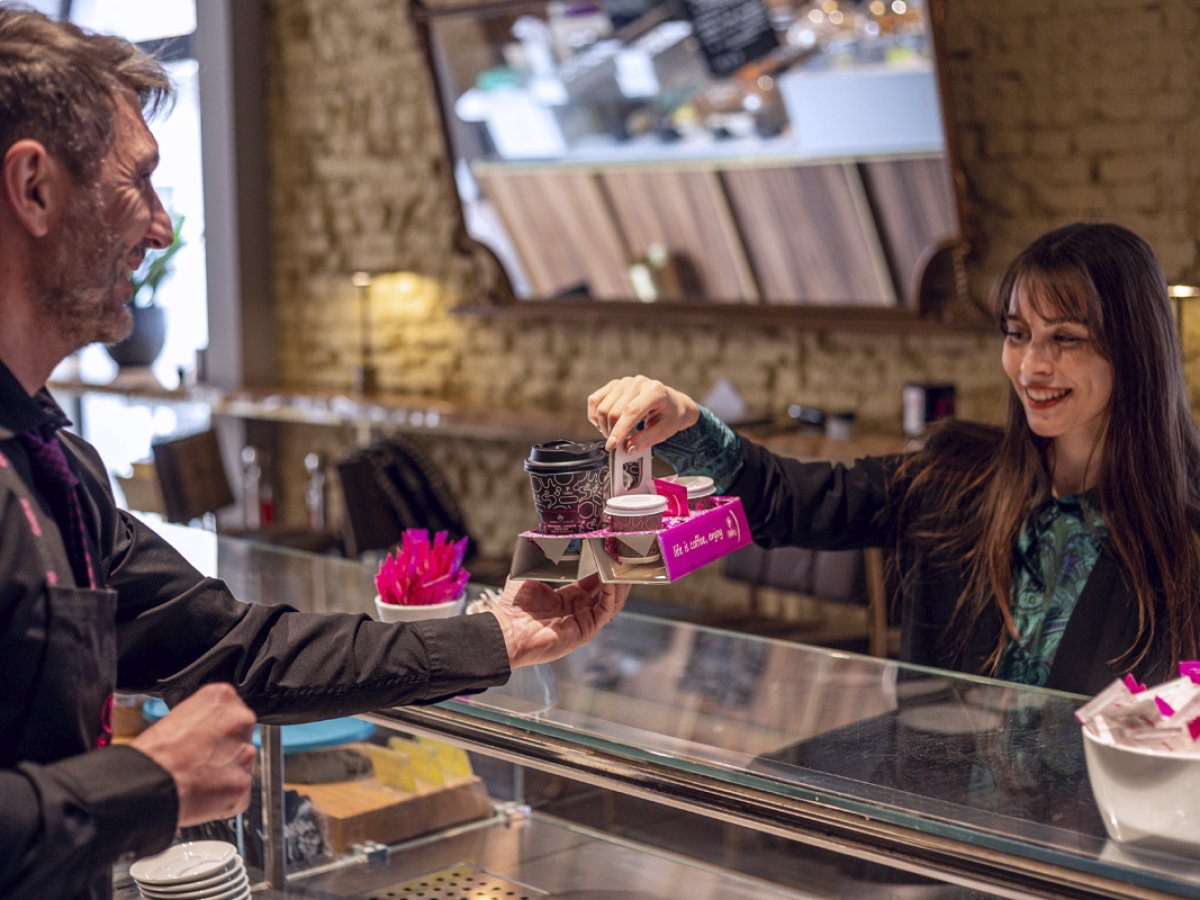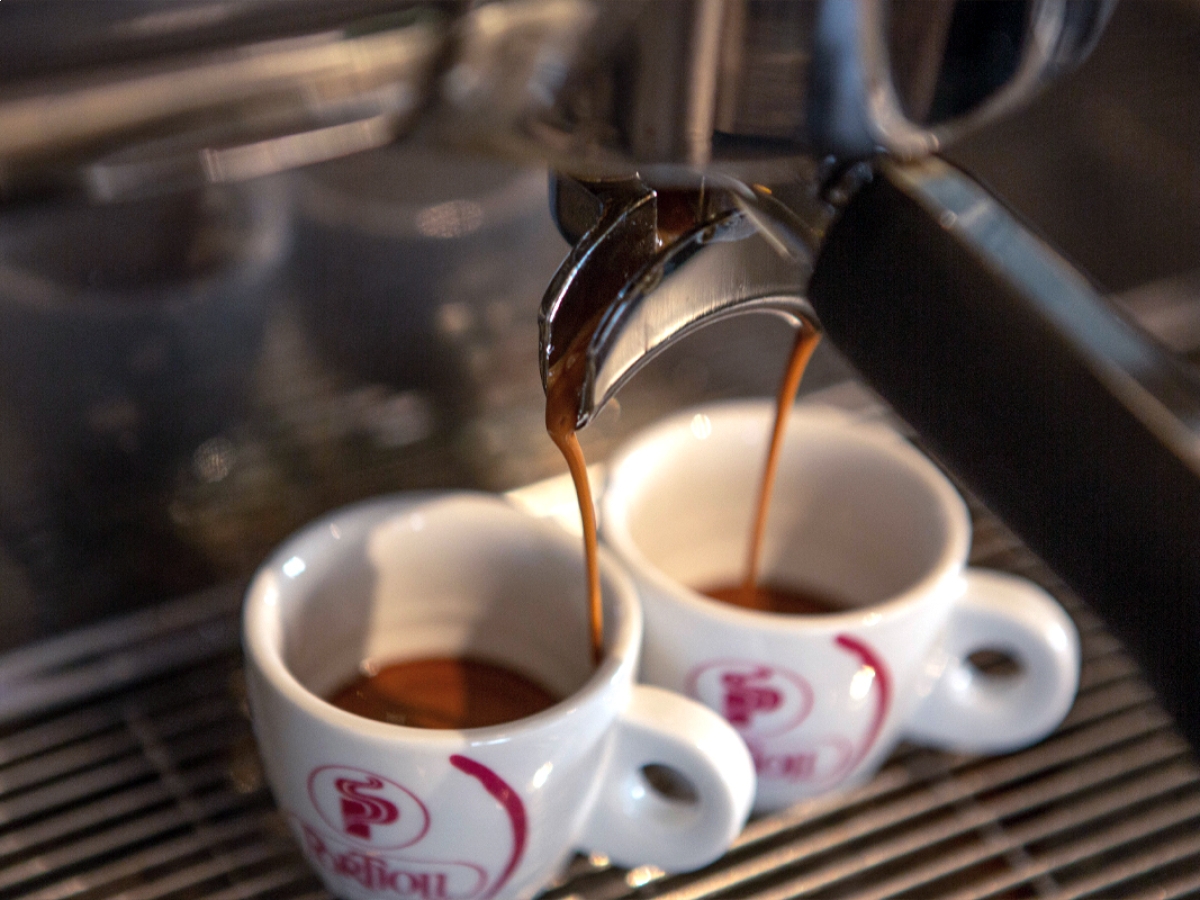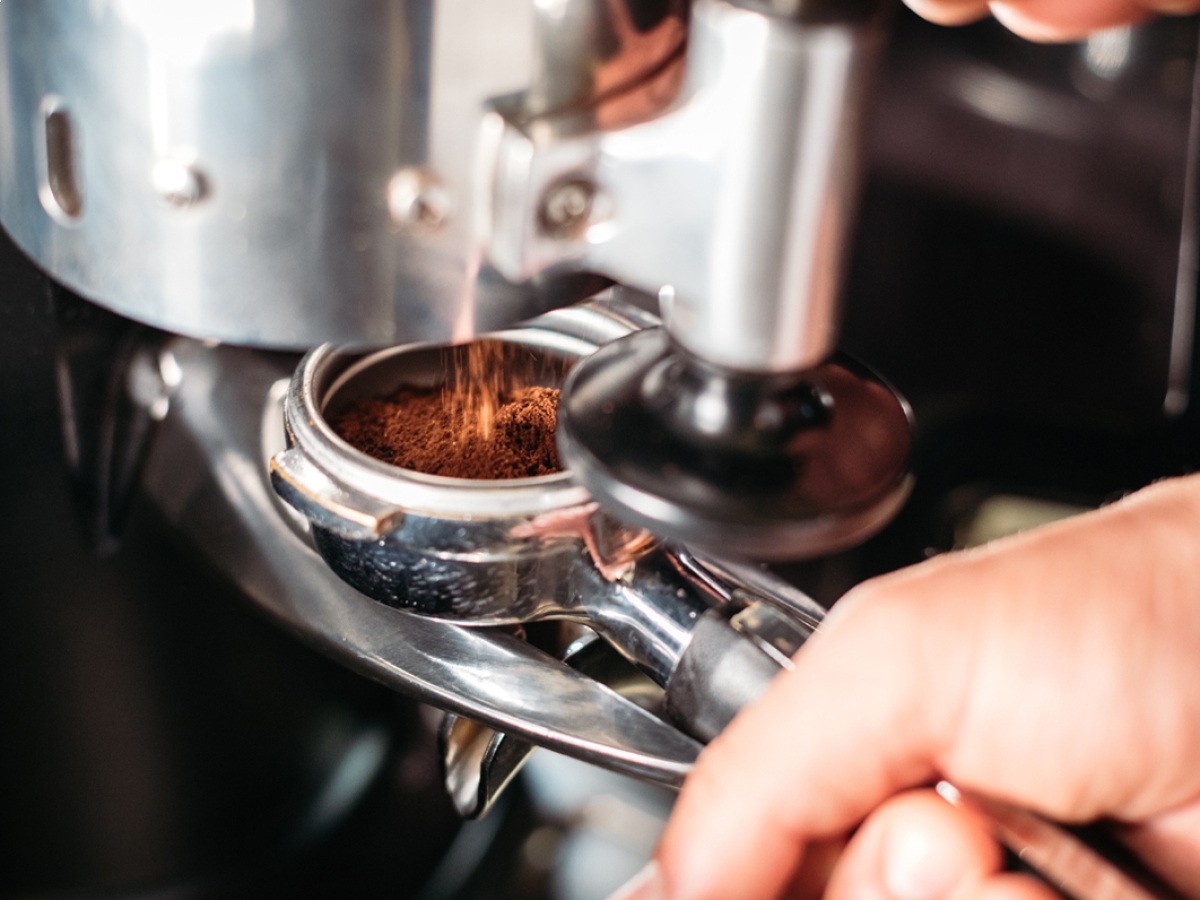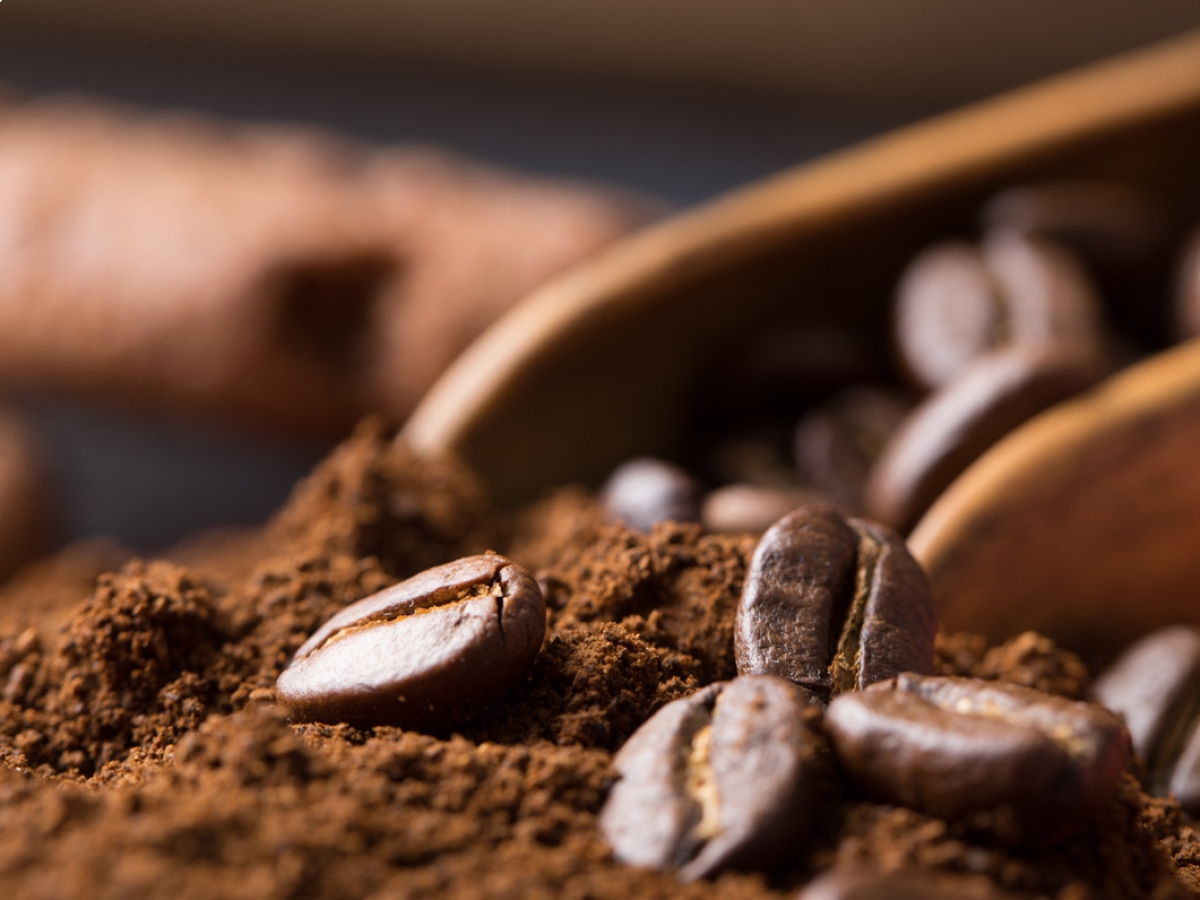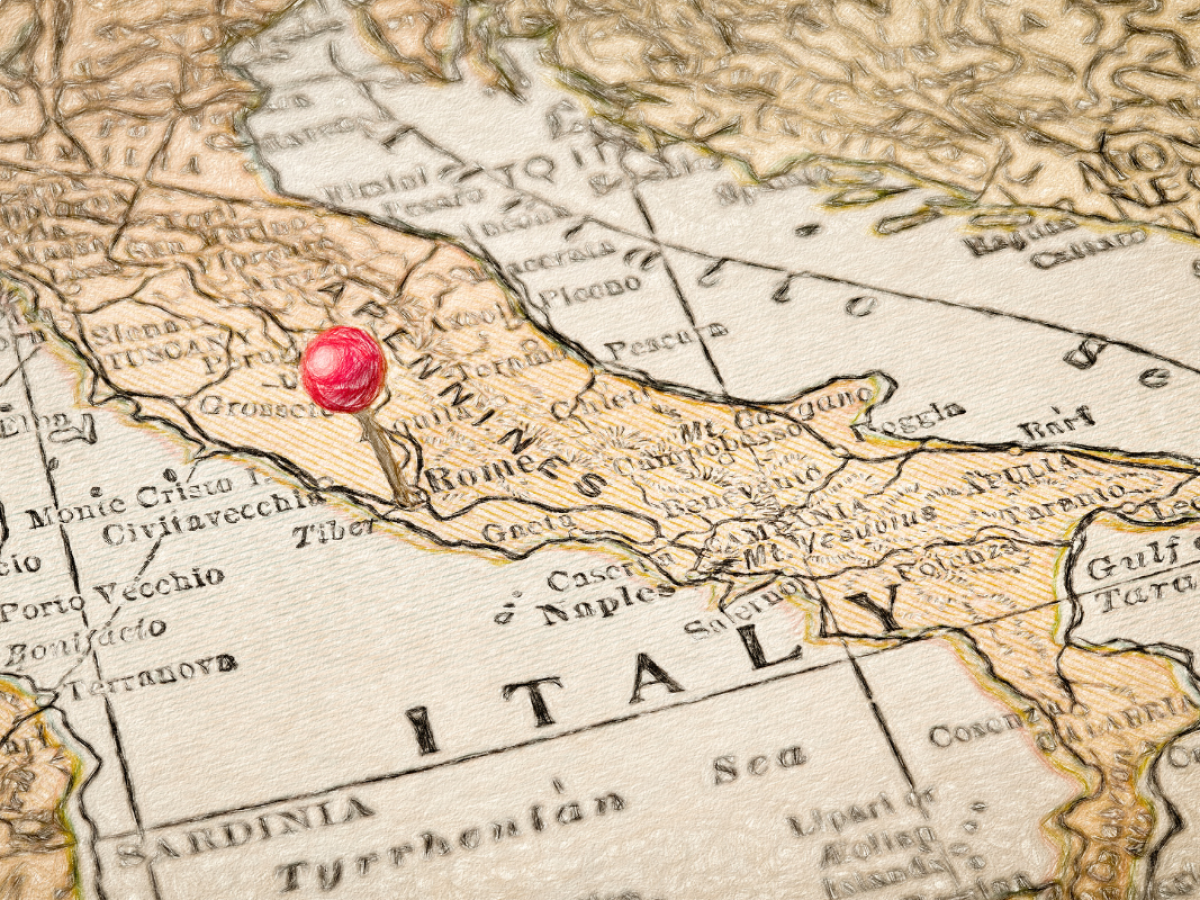
Italian coffee is famous all over the world for its quality, intense aroma and creaminess. However, how did this tradition come about? In this article, we explore the history of Italian coffee, from its origins to the present day.
The origins of coffee date back to Kaffa region of Ethiopia, where the coffee plant is native. Legend has it that an Ethiopian shepherd discovered the stimulating effect of coffee berries after seeing his goats prance with joy after eating the plant's fruit. This happened in the 15th century, but coffee cultivation did not spread to Europe until the 17th century.
The arrival of coffee in Italy and the birth of “Italian coffee”
The first coffee arrived in Italy in 1570, thanks to trade with the Orient. However, coffee did not immediately become popular in Italy, as the Catholic Church considered it an exotic and therefore suspect drink. It was only in the 18th century, thanks to the spread of public cafés, that coffee began to become a popular drink in Italy.
The first public café in Italy was opened in Venice in 1683, but it was in Florence, in 1720, that the first 'literary' café, i.e. a meeting place for intellectuals and artists, was born. Coffee soon became a symbol of culture and sociality in Italy and the first coffee machines were patented in 1901.
However, the real revolution in the world of Italian coffee came in the 1930s, when the Milanese engineer Luigi Bezzera invented the first espresso machine. This revolutionary machine made it possible to brew coffee faster and with a thicker, more consistent cream. The espresso machine was presented at the 1906 Milan Fair and immediately aroused great interest.
In the following years, espresso coffee production grew rapidly and coffee culture became increasingly important in Italy. In the post-war period, espresso coffee became a symbol of rebirth and reconstruction for Italy, as it represented a small but precious luxury that everyone could afford.
Coffee was soon adapted to Italian tastes, giving rise to “Italian coffee”. The traditional preparation of Italian coffee involves the use of the moka a coffee machine invented in 1933 by Alfonso Bialetti, which contributed decisively to the spread of coffee among the Italian culture.
Besides the moka, many aspects contributed to the birth of the Italian-style coffee. One of these is undoubtedly the culture of the Italian bar, a meeting place par excellence that has made coffee a true national icon. The barista, in fact, is not only a professional figure, but also a friend, a confidante, a reference point for many people.
Furthermore, Italian-style coffee is characterised by a strong and full-bodied taste, which is achieved by using high-quality coffee blends from all over the world. The preparation of Italian-style coffee requires a lot of care and attention, from the selection of the coffee to the grinding, from the amount of coffee used to the temperature of the water.
Italian-style coffee has become a symbol of Italian culture around the world and an indispensable element of Italians' daily lives. Its intense aroma and creaminess make it an indispensable drink, consumed at any time of day, from morning to evening.
Today, Italian coffee is appreciated all over the world and the culture of Italian coffee has been exported to many countries, where numerous Italian coffee bars and cafés have sprung up. However, despite its spread, Italian-style coffee remains a quality product, prepared with care and attention, which is an important part of Italian culture and tradition.
The evolution of Italian coffee and its importance in culture and culinary arts
The evolution of Italian coffee over the years has had a significant impact on the country's culture and culinary arts. From the first espresso machines to modern automatic machines, coffee has undergone a continuous evolution, becoming more sophisticated and refined.
Coffee has become a true art, with baristas and master coffee makers researching new blends, new extraction techniques and new ways of preparation. Italian coffee is now considered one of the best in the world, thanks to its high quality and intense, aromatic flavour.
Coffee has also had a great impact on Italian culinary arts, becoming a key ingredient in many sweet and savoury recipes. Tiramisu (link), for example, is one of the most famous Italian desserts in the world and its main ingredient is espresso coffee.
Coffee is also used as an ingredient in many dessert recipes, such as coffee ice cream, coffee biscuits and coffee cream. In addition, coffee is often used as an ingredient in savoury recipes, such as marinating meat or seasoning vegetables.
However, coffee is not only an ingredient; it is also a fundamental element of Italian culinary arts. Espresso coffee, in fact, is consumed as a 'digestive' after meals, as a symbol of conviviality and sharing. Coffee therefore represents a moment of break and relax, a moment of conviviality and socialisation.
Italian coffee is therefore a fundamental element of Italian culture and culinary arts, representing one of the products of excellence of Made in Italy. Espresso coffee, in particular, has become a symbol of “Made in Italy” abroad, representing a 'break' but also an opportunity to get to know and appreciate Italian culture.
Moreover, coffee is also an important economic resource for Italy, thanks to its high quality production and export all over the world. Italian coffee is therefore a precious cultural and gastronomic heritage, to be preserved and enhanced for future generations.
Related articles
Portioli Express
Home and office shopping
Experience authentic Italian espresso right at home with our premium blends in a variety of formats.
Go to the shop










